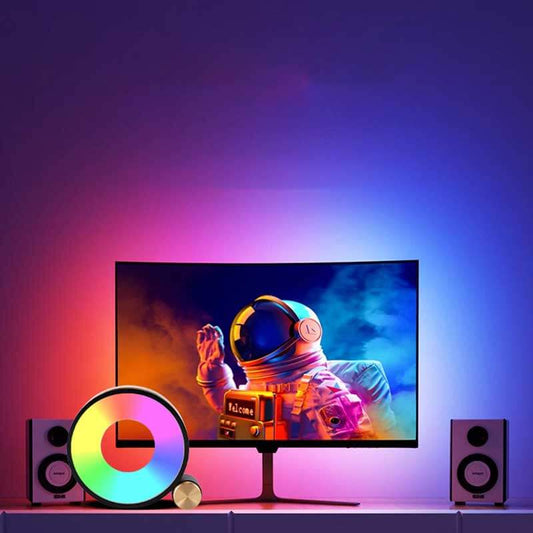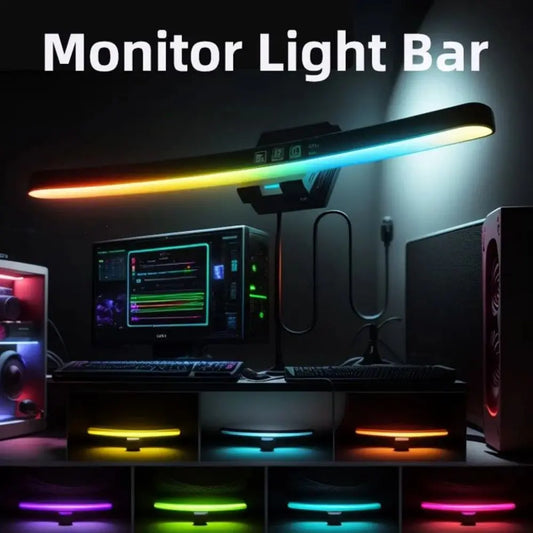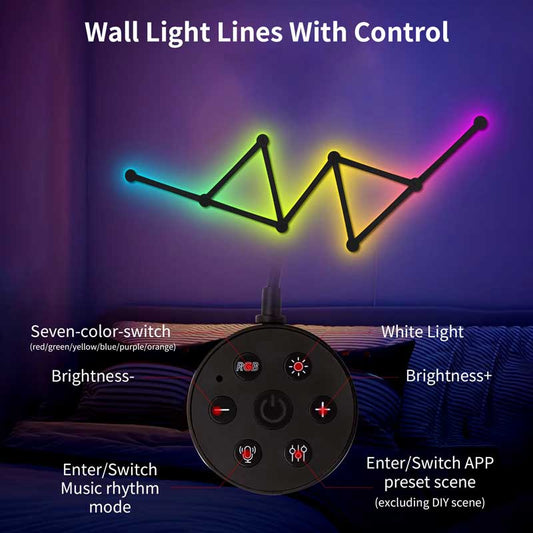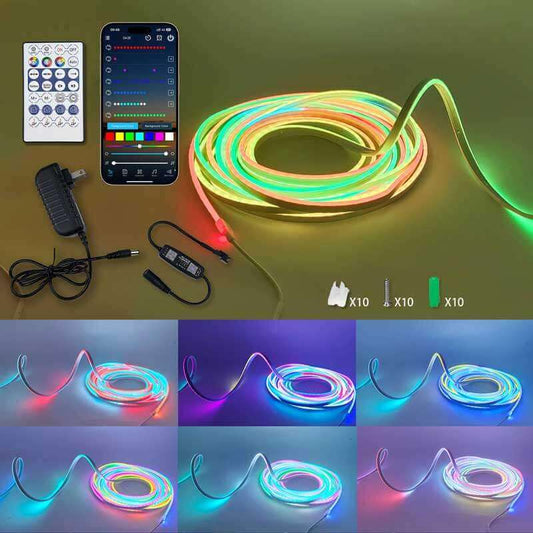What Colour light scares birds?
Share
Birds are naturally wary of bright and intense colors, and certain light colors can cause them to feel uncomfortable or threatened. Here’s a breakdown of how different light colors can affect birds:
1. Bright White or Blue Light
- Why it scares birds: Bright white and blue lights are often associated with harsh or unnatural conditions, and they can disorient birds. This light mimics the intensity of sunlight, which may make birds feel vulnerable or confused.
- What it does: Bright white or blue lights can cause birds to avoid an area due to their instinctive aversion to overly bright or sharp lights. Additionally, bright blue light can be too harsh on their eyes.
- Best for: Scaring birds away from areas you want to keep them out of, such as light fixtures or gardens.
2. Flickering or Strobe Lights
- Why it scares birds: Birds tend to avoid flashing or flickering lights because it disrupts their sense of safety and causes disorientation. Flickering light can be perceived as an unnatural disturbance, signaling danger.
- What it does: The erratic motion can make birds feel unsettled and prevent them from approaching or perching in the area.
- Best for: Temporarily deterring birds or preventing them from nesting in certain areas.
3. Red and Amber Light
- Why it can be both appealing and scary: Birds are less sensitive to the red and amber parts of the light spectrum compared to humans, which is why they are less attracted to these colors. However, intense red light or amber light at night can still be unsettling because it can resemble certain predator signals, especially if the light is too bright or intrusive.
- What it does: Red light can make birds feel more secure during nighttime, but too much of it can disorient or confuse them if they associate it with movement or flashing.
- Best for: Soft lighting in bird-friendly spaces (like bird sanctuaries), but not ideal for deterring birds.
4. Green Light
- Why it scares birds: Green light can sometimes cause confusion in birds, as it’s often used to imitate predator signaling in some species. Birds are not as responsive to green light as they are to other colors like red or blue, but the intensity and proximity of green light could potentially disrupt their comfort level.
- What it does: While not as commonly used as blue or white light, it can still deter birds if it’s harsh enough or used in a way that mimics a dangerous or artificial environment.
- Best for: Experimenting with areas where light is needed but not directly affecting birds. Green lights are less disruptive but might not be as effective in bird deterrence.
5. UV Light (Ultraviolet Light)
- Why it scares birds: Some species of birds are highly sensitive to ultraviolet (UV) light, which they can see much more vividly than humans. UV light can cause discomfort in birds, especially if it’s too intense.
- What it does: Birds will often avoid areas that are exposed to excessive UV light because they can perceive it differently than we can, making them wary or disoriented.
- Best for: Deterring birds by making areas less inviting or threatening.
Other Considerations:
-
Motion-Activated Lights: Birds are generally startled by sudden movements and lights that flicker or turn on and off. Motion-activated lights that illuminate when birds come near can effectively keep birds away from areas like light fixtures or gardens.
-
Flashing or Blinking Lights: These are often perceived as danger signals by birds, which might confuse them or make them feel threatened. This can be used effectively in keeping birds away from specific areas.
Conclusion:
- Most effective light to scare birds: Bright white or blue lights combined with flickering or strobe effects are typically the most effective in scaring birds. These colors are intense, unnatural, and disorienting for birds, signaling possible danger.
- Least attractive to birds: Red, amber, and green lights are generally less likely to attract birds, but too much intense light of any color can still be unsettling for them.
For a more natural and bird-friendly environment, you may want to stick to warmer lights like yellow or soft white that aren’t as disruptive while avoiding overly bright, flickering, or UV lights unless your goal is to deter birds.




